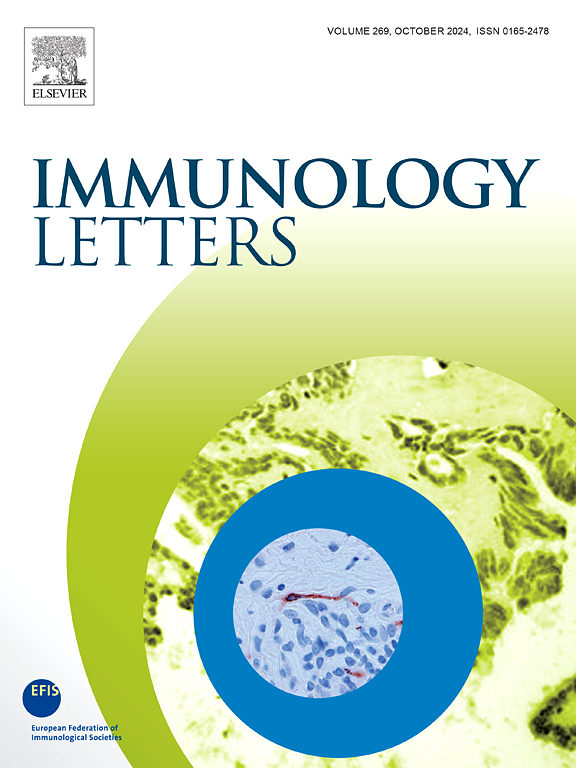Acute effects of TLR3 agonist Poly(I:C) on bone marrow hematopoietic progenitor cells in mice
Abstract
Hematopoietic progenitor cells (HPCs) in bone marrow with limited abilities for self-renewal and differentiation continuously supply hematopoietic cells through life. When suffering infection or inflammation, HPCs will actively proliferate to provide differentiated hematopoietic cells to maintain hematopoietic homeostasis. Poly(I:C), an agonist of TLR3, can specifically activate Type I interferon (IFN-I) signaling which exerts anti-inflammatory effects and influence hematopoiesis after infection. However, the effects of Poly(I:C)-induced IFN-I on the bone marrow hematopoietic system still deserve attention. In this study, our results revealed the efficacy of the IFN-I model, with a remarkably decrease in HPCs and a sharp elevation in LSKs numbers after single dose of Poly(I:C) injection. Apoptotic ratios of HPCs and LSKs significantly increased 48 h after Poly(I:C) treatment. Application of Poly(I:C) prompted the transition of HPCs and LSKs from G0 to G1 phases, potentially leading to the accelerated exhaustion of HPCs. From the cobblestone area-forming cell (CAFC) assay, we speculate that Poly(I:C) impairs the differentiation capacity of HPCs as well as their colony-forming ability. RT-qPCR and immunohistochemistry revealed significant upregulation of IFN-I associated genes and proteins following Poly(I:C) treatment. In conclusion, a single dose of Poly(I:C) induced an acute detrimental effect on HPCs within 48 h potentially due to TLR3 engagement. This activation cascaded into a robust IFN-I response emanating from the bone marrow, underscoring the intricate immunological dynamics at play following Poly(I:C) intervention.

 求助内容:
求助内容: 应助结果提醒方式:
应助结果提醒方式:


